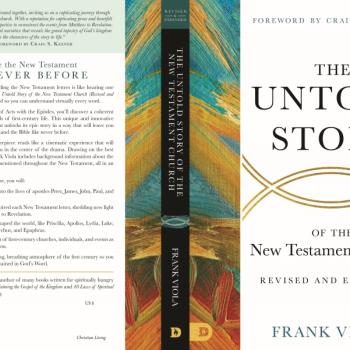I was a little girl in a white dress, with white Mary Jane shoes (and yes, white gloves!), making her First Holy Communion at St. Pius X Church in Plainview, New York. It was the late '60s and I was in the second grade. For seven years I walked the halls of that parochial school, past St. Pius' silent statue with his triple-tiered tiara, as was papal custom of the time. Though I saw his visage almost every day, I never really knew his history, or that he was the early 20th-century pope who lowered the age norms for First Communicants, something benefitting me directly along with so many modern generations who come to the Lord's table at a young age.
Long before he became the first pope elevated in the 20th century, with the name Pius X, or Pio X, as the Italians call him, a young Father Giuseppe Sarto exerted a lively and holy influence in his parish. His pastor wrote of his zeal during his first assignment.
They have sent me as curate a young priest, with orders to mould him to the duties of pastor; in fact, however, the contrary is true. He is so zealous, so full of good sense, and other precious gifts that it is I who can learn much from him. Some day or other he will wear the mitre, of that I am sure. After that—who knows? (Lives of Saints, published by John J. Crawley & Co)
Born Giuseppe Melchiorre Sarto on June 2, 1835 in the little Italian town of Riese, in the province of Treviso near Venice, Father Sarto's outstanding service to his parishioners and diocese was second only to his love of Christ in the faith. When he became pope years later, his verve led him to seek renewal within the priesthood by reforming the Breviary and the revision of the Code of Canon Law. He promoted reforms to the liturgy as well.
Not only is Pius X credited with lowering the age norms for reception of the Eucharist, earning him the title of the "Pope of the Eucharist," but he is also the noteworthy founder of what many of us remember as the Confraternity for Christian Doctrine, or CCD. Pope Pius X was always a priest and a catechist, credited with writing a minor catechism listing the essentials of church teaching in his day. He believed religious education of the old and young was critical for growth in the Christian life.
Pius X's motto " to restore all things in Christ," echoed St. Paul.
For he has made known to us in all wisdom and insight the mystery of his will, according to his purpose which he set forth in Christ as a plan for the fullness of time, to unite all things in him, things in heaven and things on earth (Eph. 1:9-10, RSV, emphasis added).
One way Pius X considered this restoration possible was using the long-held formula from St. Louis De Montfort in True Devotion to Mary: "to Jesus through Mary." He reasoned that if God could trust Mary with bringing forth the life of Jesus into the world, she is surely a trustworthy path for bringing forth the life of Christ within believers.
Could not God have given us, in another way than through the Virgin the Redeemer of the human race and the Founder of the Faith? But, since Divine Providence has been pleased that we should have the Man-God through Mary, who conceived Him by the Holy Ghost and bore Him in her breast, it only remains for us to receive Christ from the hands of Mary. (Ad Diem Illum Latissimum, par. 6)
Finally, Pius X was a defender of the faith against modernist ideas that we still face today, that of relativism and agnosticism—themes we've heard Pope Benedict XVI preach against as well. In fact, when you look at the pontificate of Pius X, you see that his vision in the early 20th century is quite the forerunner for the new evangelization called for in the 21st century, reminding us that the Catholic faith is, indeed, ever ancient, ever new.
As we look to the forthcoming Year of Faith and the Synod on the New Evangelization this October called for by Pope Benedict XVI, we see similar themes from Pius X's pontificate. There is great emphasis calling for renewing the gift of faith both in the priesthood and the laity as we celebrate the fiftieth anniversary of Vatican II. There is tremendous support for religious education to be founded upon the themes of the Catechism of the Catholic Church. And finally, the success of the new evangelization has been placed in the capable hands of Mary, under the title of "Star of the new evangelization."
Pope St. Pius X died in 1914 after an illness, shortly before the outbreak of the First World War. But his efforts to renew the Church and all things in Christ had their effect on the church of his day, and for generations long after . . . including a little girl lining up to receive Jesus, one fine day, many Mays ago.
St. Pius X's feast day is August 21.
12/2/2022 9:05:40 PM





